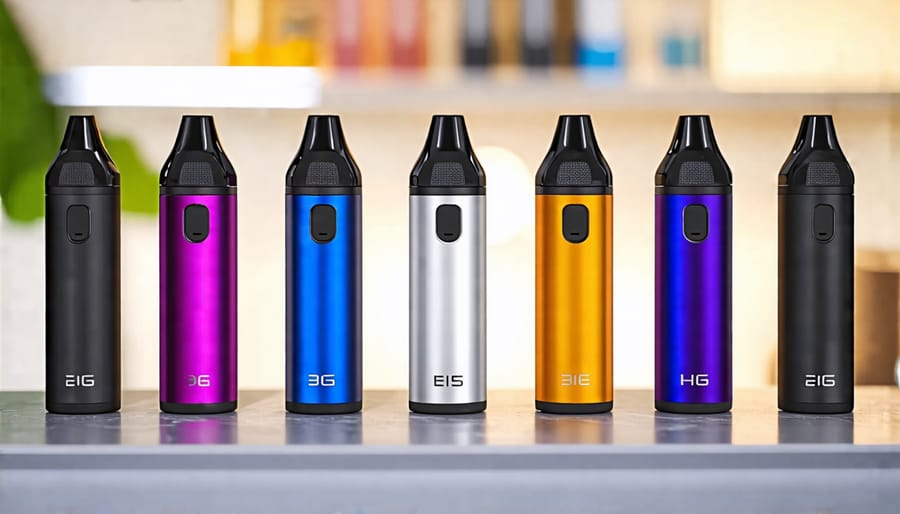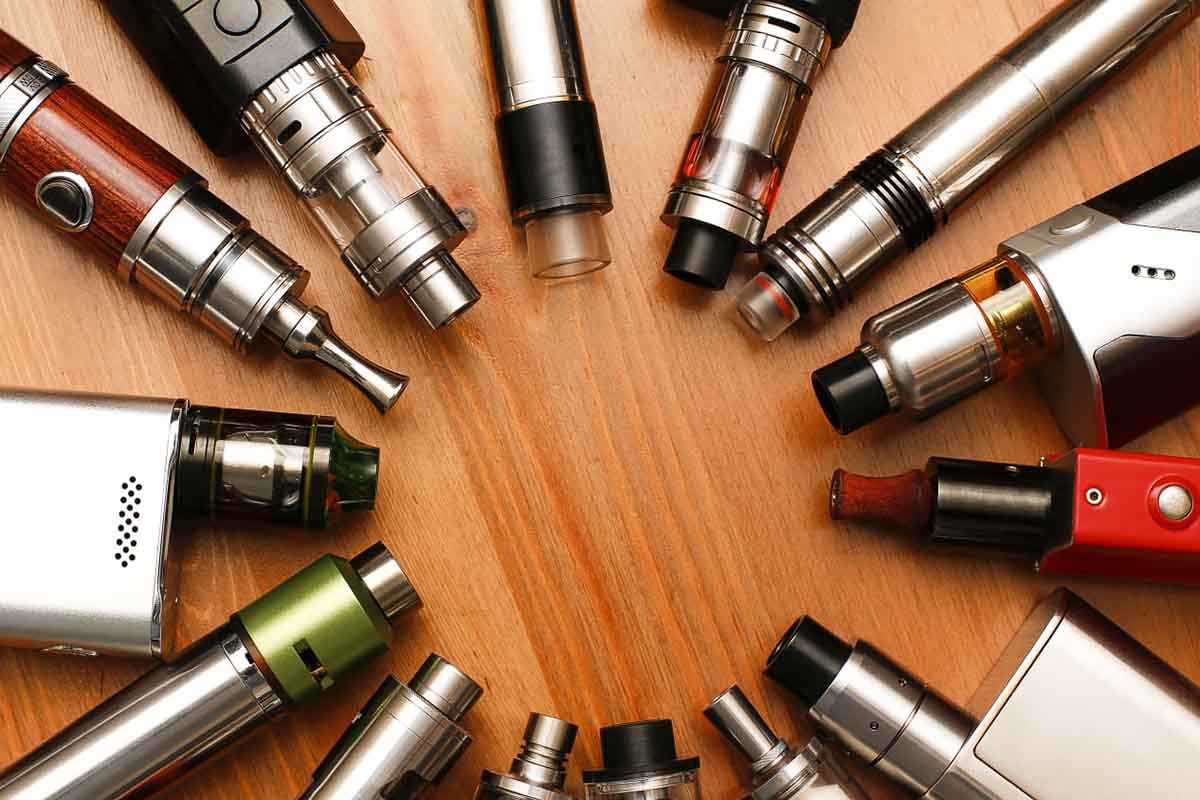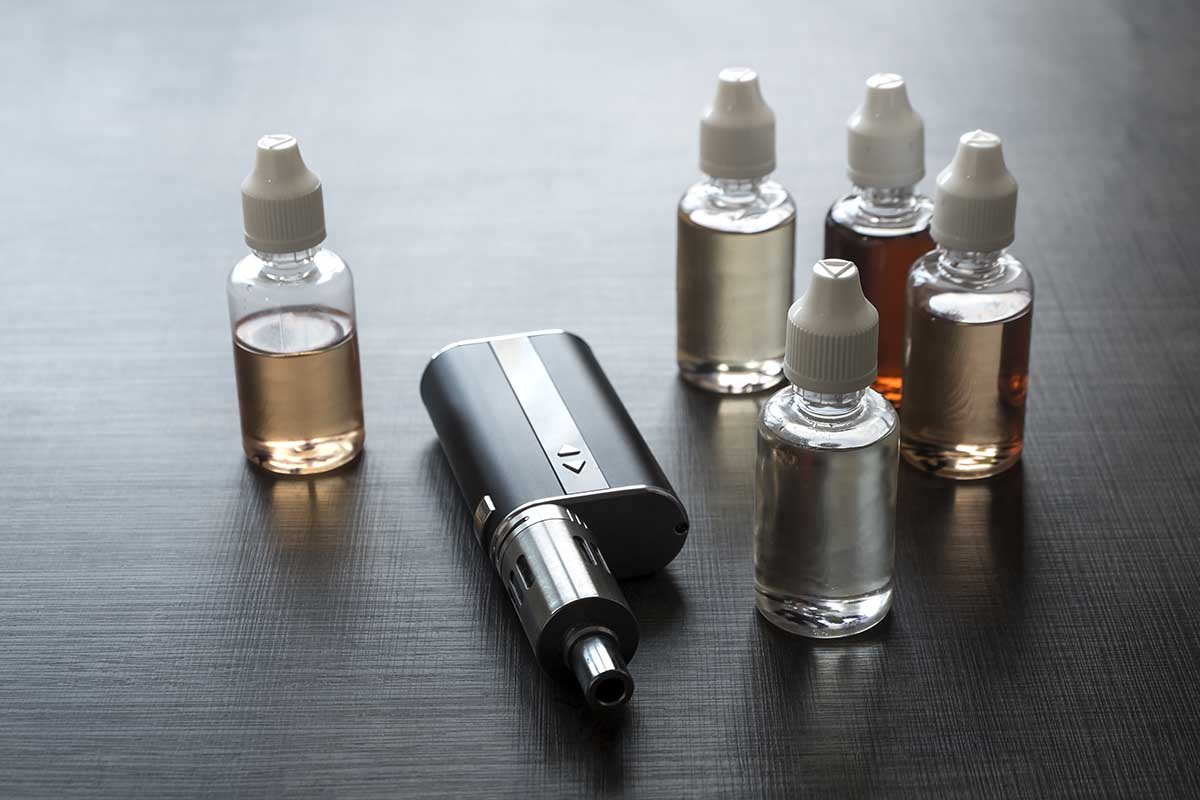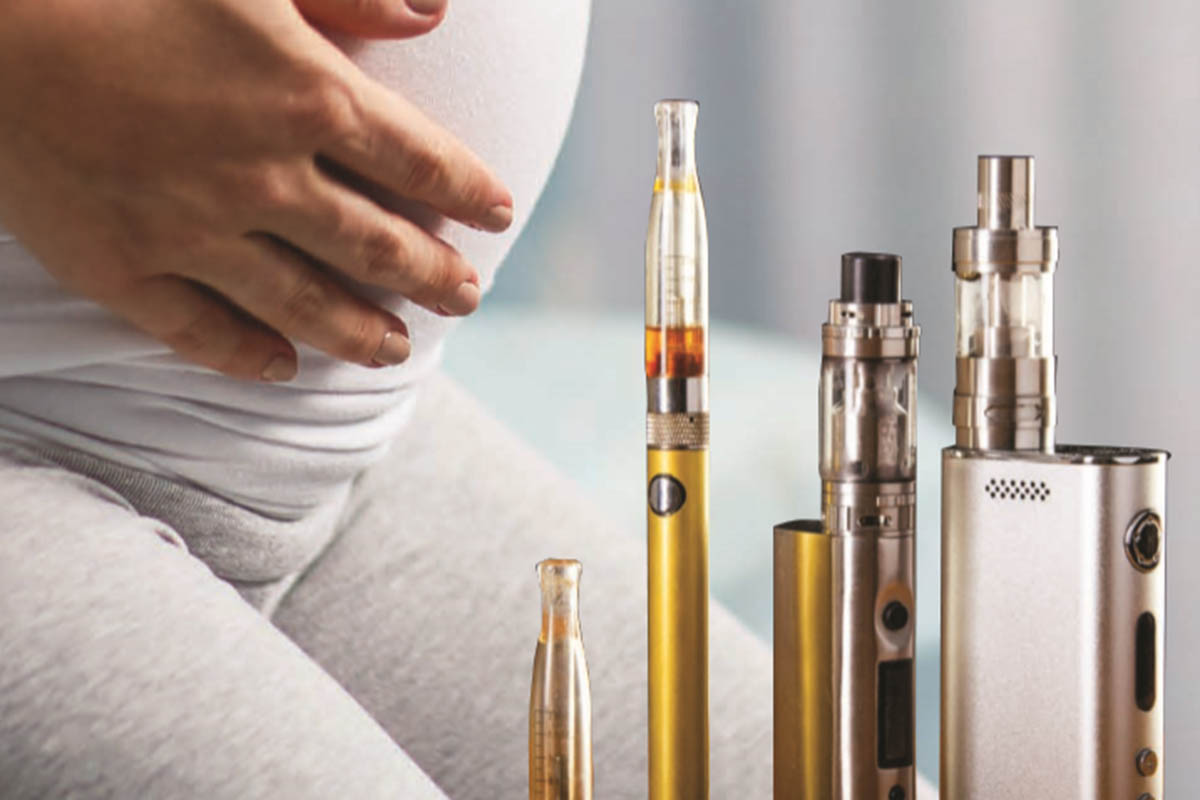Use disposable vape pens with caution by first checking the authenticity and reliability of the product to avoid counterfeit devices, which often compromise safety. Purchase only from reputable retailers. Opt for devices with child-resistant designs and clear labeling for ingredients. Avoid modifying or tampering with the vape pen, as this can cause malfunction or increased health risks. Store disposable vapes in a cool, dry place to prevent battery issues or leakage. If you’re using a disposable vape pen for cannabis products, consistently assess legal and health guidelines relevant to your region. Follow manufacturer instructions diligently, especially concerning battery care and disposal. Dispose of used vape pens properly according to local electronic waste guidelines to minimize environmental impact. By engaging in these practices, you ensure a safer vaping experience for yourself and contribute to broader health and regulatory efforts.
Understanding the Risks and Benefits
Health Risks of Disposable Vape Pens
Disposable vape pens have gained popularity as a convenient and less harmful alternative to traditional smoking, but they are not without health risks. In the short term, users might experience irritation to the airways, mouth, and throat. Inhaling aerosol from these devices can lead to coughing and dry mouth, which are common complaints among vapers. A more concerning potential risk is the misuse of these devices due to the inconsistency of nicotine and other chemical concentrations, which can lead to increased exposure to harmful substances.
Long-term health effects are still not fully understood, in part due to the relatively recent emergence of vaping technology. However, studies suggest that prolonged use of disposable vape pens may contribute to cardiovascular issues and lung damage. Certain chemical additives used for flavoring, such as diacetyl, have been linked to respiratory diseases like bronchiolitis obliterans, also known as “popcorn lung,” when inhaled.
For policy makers and electronic cigarette retailers, these risks underscore the importance of regulatory oversight and consumer education. By implementing stricter quality controls and clear labeling of ingredients and nicotine content, the potential health risks can be mitigated. Educators also play a crucial role in informing adults about the safe practices of vaping, emphasizing moderation and awareness of product contents.

Potential Benefits Compared to Smoking
For adults looking to reduce the health risks associated with smoking, switching to disposable vape pens can offer several potential benefits. Smoking traditional cigarettes exposes individuals to tar, carbon monoxide, and thousands of other harmful chemicals. In contrast, vaping eliminates combustion, significantly reducing exposure to these toxic compounds, which may lower the risk of respiratory problems and other smoking-related diseases. While it’s crucial to acknowledge that research on long-term vaping effects is ongoing, current evidence suggests that vaping poses fewer risks compared to smoking.
Disposable vape pens often contain lower levels of harmful substances and allow users to control nicotine intake more effectively, providing a supportive tool for smokers looking to quit or reduce their cigarette use. Furthermore, they are designed for ease of use and convenience, eliminating the need for refilling or recharging, making them an appealing option for adults seeking less complicated alternatives. By offering a less harmful option, disposable vape pens can play a role in broader harm reduction strategies aimed at decreasing the overall smoking prevalence in the population.
It’s essential for policymakers and health educators to collaborate in ensuring that these potential benefits are clearly communicated while implementing measures to prevent misuse and underage access. Stay informed about safe practices and product standards to maximize the potential benefits of transitioning from smoking to vaping.
Best Practices for Safe Vaping
Choosing Quality Products
When selecting disposable vape pens, prioritizing quality is crucial to ensure safety and satisfaction. Choose products from reputable manufacturers known for adhering to stringent safety and quality standards. Reputable brands typically conduct thorough testing to ensure their vape pens are free from harmful substances and operate safely, enhancing user trust and product reliability. It’s essential to purchase vape pens from well-established retail outlets or verified online platforms, as these sources are more likely to stock high-quality products and provide valuable product information. Additionally, look for brands that openly disclose their ingredients and testing processes. Verifying that products comply with local regulations and safety certifications can further ensure their quality. Selecting vape pens from trustworthy sources not only supports safe use but also contributes to positive industry practices by encouraging transparency and accountability among manufacturers. By making informed purchasing decisions, consumers can enjoy vaping while minimizing potential risks associated with low-quality products.

Proper Usage and Maintenance
Using disposable vape pens responsibly is key to ensuring safety and maintaining health. First, always read the manufacturer’s instructions to vape properly. Correct usage begins with purchasing devices from reputable suppliers to avoid counterfeit products. Store pens in a cool, dry place away from direct sunlight and avoid contact with extreme temperatures as this could damage the battery or e-liquid. Always keep the device out of reach of children and pets.
Handling these devices carefully is crucial. Avoid dismantling or puncturing the pen to prevent hazardous leaks or malfunctions. When using a disposable vape pen, be mindful to monitor battery levels and dispose of the device according to local e-waste regulations once depleted. Responsible disposal practices are important to minimize environmental impact. By following these guidelines, adults can ensure a safer vaping experience while supporting harm reduction initiatives.
Recognizing and Avoiding Misuse
Recognizing and avoiding misuse of disposable vape pens is crucial for ensuring safety and maximizing their potential benefits. To begin with, it’s important to understand the basics of vape battery safety, as a malfunctioning battery can pose significant risks. Be vigilant about any unusual signs from your device, such as overheating, odd smells, or unexpected noises, which may indicate a malfunction. If you notice these, it’s best to discontinue use immediately and consult the manufacturer or a professional.
Monitoring your usage habits is equally important. Overuse or drawing too frequently from a vape pen can lead to overheating, impacting the device’s integrity and your health. Following the manufacturer’s instructions for usage and maintenance can prevent such issues. Additionally, always ensure that you’re using the correct type of charger and avoid leaving the device charging overnight to mitigate fire hazards.
Another critical aspect is recognizing the signs of product misuse. If you experience dizziness, nausea, or headaches after vaping, it might indicate excessive intake or sensitivity to the product’s ingredients. Consider moderating your use or trying a different nicotine level. For those worried about the primary ingredients, discussing with healthcare professionals or seeking products with transparent ingredient lists can offer further assurance.
By keeping these guidelines in mind, you can enjoy a safer vaping experience while minimizing potential risks to your health.

Policy Considerations and Recommendations
Current Regulations
Disposable vape pens are subject to increasingly stringent regulations worldwide as their popularity grows. These regulatory approaches aim to mitigate health risks associated with vaping and ensure consumer safety, focusing on standards for product quality and marketing limitations. In many countries, regulations prohibit the sale of vape pens to minors and require age verification during purchase. Some regions mandate clear labeling of ingredients and nicotine concentrations, allowing users to make informed choices.
Despite these efforts, the effectiveness of current regulations varies. Studies suggest that while some policies have led to a decrease in underage vaping, the challenge of unregulated markets persists. To enhance safety, experts recommend collaborative policy-making among governments, health organizations, and industry stakeholders to address gaps and adapt to new scientific findings. Balanced regulations that protect public health without criminalizing adult use are crucial for promoting harm reduction while maintaining consumer rights.
Suggestions for Improvement
To enhance public safety and prevent underage vaping, a collaborative approach is needed. Firstly, strengthening age verification processes can ensure that disposable vape pens do not end up in the hands of minors. Retailers could adopt robust systems, potentially using technology to authenticate identities more effectively.
Policymakers should consider implementing stricter regulations on advertising, limiting exposure to youth-centric platforms while providing health-conscious information tailored to adults. Education plays a crucial role; schools and communities can collaborate to develop programs that emphasize the risks of underage vaping and highlight safe vaping practices for those of legal age.
Furthermore, researchers and public health officials should continue unbiased risk-benefit analyses of vaping to guide regulatory changes. By engaging both the health-conscious community and electronic cigarette retailers, these strategies can build a comprehensive framework aimed at harm reduction while maintaining the focus on adult safety and responsibility in vaping practices.
Conclusion
In conclusion, understanding the nuances of safe vaping practices is essential for reducing potential health risks associated with disposable vape pens. By highlighting evidence-based guidelines and emphasizing the importance of informed use, individuals can make healthier choices that align with their lifestyle goals. Policymakers play a crucial role in shaping regulations that curtail the misuse of vaping products while supporting harm reduction strategies. Retailers, by committing to responsible marketing and sales practices, can further enhance consumer safety and trust. For educators and advocates, fostering awareness and providing clear information can help dispel misconceptions and encourage responsible behavior. By integrating collaborative policy initiatives and maintaining a balanced perspective, we can create a supportive environment that prioritizes health and safety. In this way, efforts to implement safe vaping practices can effectively mitigate risks and contribute to a more informed and health-conscious society.




